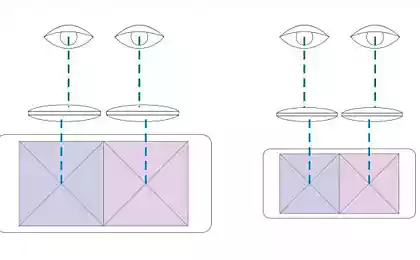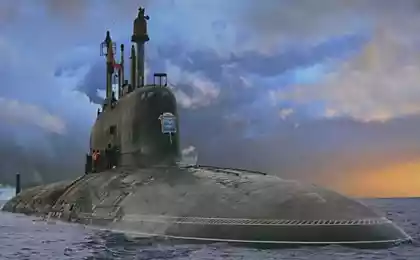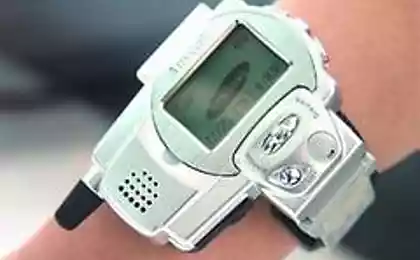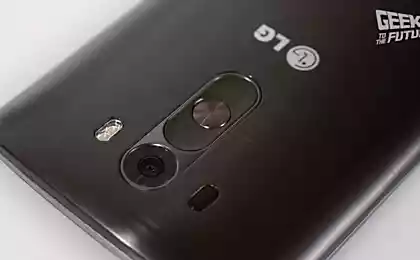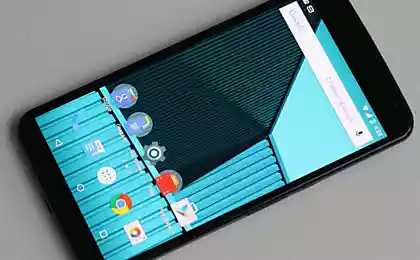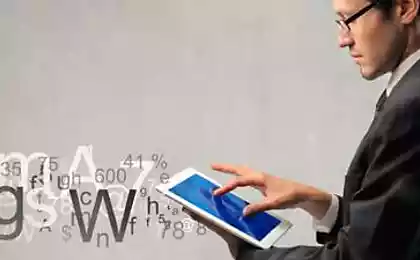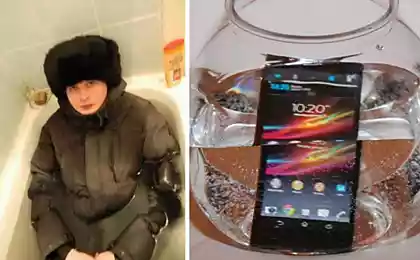384
Smartphones next generation will increase the number of built-in touch screen sensors
Specialists of the company Corning International announced the creation of a unique material that is used to cover touch screens. The novelty of this solution is that its structure incorporated a large number of transparent sensors. Thanks to the innovative coating for touch screens is now able not only to react to the touch of your fingertips, but also get a lot of additional features.
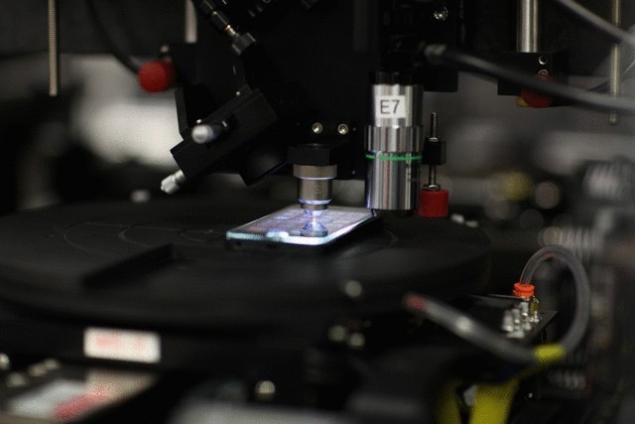
According to the engineers, a new coating family of Gorilla Glass will allow the smartphone to measure heart rate and the temperature of a person, talk about the temperature and humidity of the environment in real time, etc.
The technical solution represents a set of waveguides, which are laser-cut in the volume of conventional glass coating Gorilla Glass. The waveguides are located at different levels relative to the top plane, therefore, constitute a kind of tunnel system located under the screen of the smartphone. The system can easily move photons of light just as electrons run through the metallic conductors.
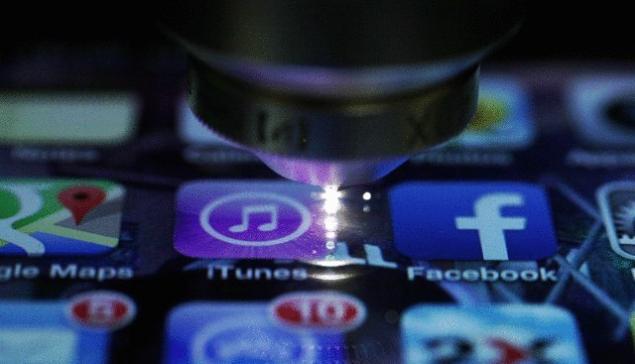
Playing with different configurations of the waveguides, the scientists were able to create sensors for various physical quantities. For example, the simplest is the temperature sensor. It consists of a long straight and short curved sections cut out of waveguides.
As soon as the temperature rises, the glass according to the laws of physics, expands. This, in turn, leads to easy deformation of the proportions of the sections of the waveguide that affects the change of the geometry of the travel path of the light photons.
A special program analyzes the change of the total flux of photons that passed through the waveguides at different points in time, on the basis of which is composed of a temperature chart and determined the exact temperature at any given point in time. Similarly, is determined by the temperature of the person, who touched the glass screen of the smartphone.
In addition, the personal gadget had adopted a more serious opportunities: the work of identification of the individual user, increasing the reliability of security of financial operations, special "anti-theft" label, and many others.
To verify the authenticity of the smartphone, as well as his rights and the level of tolerance now will not be difficult. As the system of waveguides suggests the possibility of carving a unique label for each gadget separately, then it will be enough to bring the smartphone to a special reader equipped with an infrared camera, as the device will say, how can you trust a smartphone owner in the conduct of complex financial transactions through this device.
Source: zeleneet.com

According to the engineers, a new coating family of Gorilla Glass will allow the smartphone to measure heart rate and the temperature of a person, talk about the temperature and humidity of the environment in real time, etc.
The technical solution represents a set of waveguides, which are laser-cut in the volume of conventional glass coating Gorilla Glass. The waveguides are located at different levels relative to the top plane, therefore, constitute a kind of tunnel system located under the screen of the smartphone. The system can easily move photons of light just as electrons run through the metallic conductors.

Playing with different configurations of the waveguides, the scientists were able to create sensors for various physical quantities. For example, the simplest is the temperature sensor. It consists of a long straight and short curved sections cut out of waveguides.
As soon as the temperature rises, the glass according to the laws of physics, expands. This, in turn, leads to easy deformation of the proportions of the sections of the waveguide that affects the change of the geometry of the travel path of the light photons.
A special program analyzes the change of the total flux of photons that passed through the waveguides at different points in time, on the basis of which is composed of a temperature chart and determined the exact temperature at any given point in time. Similarly, is determined by the temperature of the person, who touched the glass screen of the smartphone.
In addition, the personal gadget had adopted a more serious opportunities: the work of identification of the individual user, increasing the reliability of security of financial operations, special "anti-theft" label, and many others.
To verify the authenticity of the smartphone, as well as his rights and the level of tolerance now will not be difficult. As the system of waveguides suggests the possibility of carving a unique label for each gadget separately, then it will be enough to bring the smartphone to a special reader equipped with an infrared camera, as the device will say, how can you trust a smartphone owner in the conduct of complex financial transactions through this device.
Source: zeleneet.com
British researchers have developed a new super-material, the type of "black hole"
China's space program— journey to Mars

